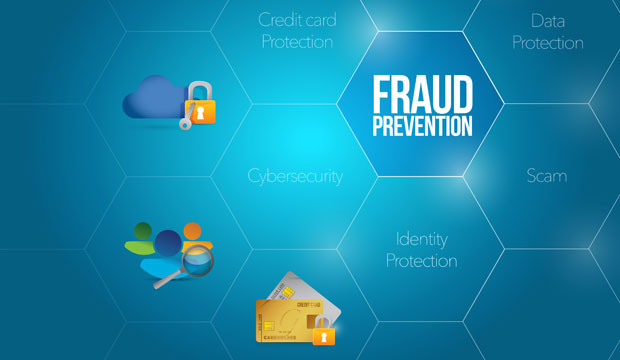How can Merchants Protect Themselves from Fraud and Chargebacks?

Recently, many businesses are done online, and the merchants are doing all they can to serve the cardholders better. However, the rise in e-commerce has borne friendly fraud, intentional scamming, and other shopping problems that end in chargebacks on merchants’ accounts.
What’s a chargeback? It occurs when a cardholder asks their bank to reverse a credit card charge mailed to their account. Customers may request a chargeback if they didn’t receive the products, the description wasn’t okay, damaged or lost products, technical errors, duplicate billing, and fraud. A merchant can avoid billing errors by consulting a chargeback prevention service to acquire the best business practices.
Chargebacks are costly, and every business should strive hard to avoid them by following the right protocols, such as; Use of a clear payment descriptor
A payment descriptor is the merchant details that are displayed on the customer’s credit card during transactions. If the customer doesn’t recognize the merchant’s details on their credit card statement, they will report such as a suspicious charge. Therefore, list the right company name that the customer knows. For example, merchants operating under different names should use the name on the online store.
Also, indicate a current phone number that a customer may use to reach your company before alerting their bank.
Keep written records
Ensure you keep safe all the records of online transactions. These records can prove that you legitimately transacted with the customer while disputing a chargeback. Also, let the customer sign a contract that shows clearly the type of transactions involved. With that proof, a merchant will get favor in case of a chargeback.
Utilize fraud prevention measures if you suspect a wary order
Many businesses have suffered losses due to purchases done by stolen credit cards. The merchant should be alert for signs such as; mismatched billing and shipping address, incorrect card security code, and numerous failed orders from the same client to prevent such incidences. Also, scrutinize orders from countries with many instances of credit card fraud.
Have transparent policies
Make clear policies such as the return, exchange, etc., which the client will understand before making a purchase. Transparent policies will prevent buyer confusion and assist the merchant in case of a chargeback.
Work with a trained team
Trained employees will know how to act in case of card-present or card-not-present transactions. They will also know the fraud signs to look for, asking for the customer’s signature during the transaction process, and chargeback prevention measures and techniques.
Use third party protection tools
Use chargeback alerts from reputable companies that give you a warning of any chargeback before reaching a bank. You can refund the customer and avoid chargeback fees from your bank. Losing a customer isn’t okay, but it is better that way than incurring hefty charges or losing a merchant account due to numerous chargebacks.
Set actual anticipations with your customer
Painting a good picture of a company is okay, but try to be realistic about the services or products you offer. This will prevent customers’ disappointments if you deliver products that aren’t in line with your advertisement. Always promise what you can deliver to avoid the customer going for a chargeback claim.


